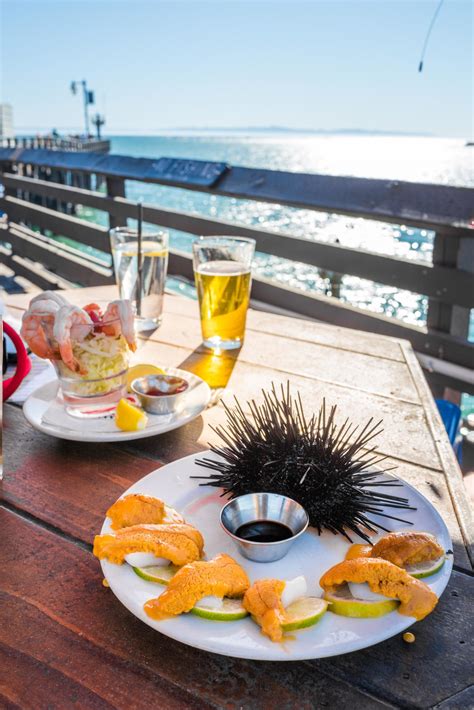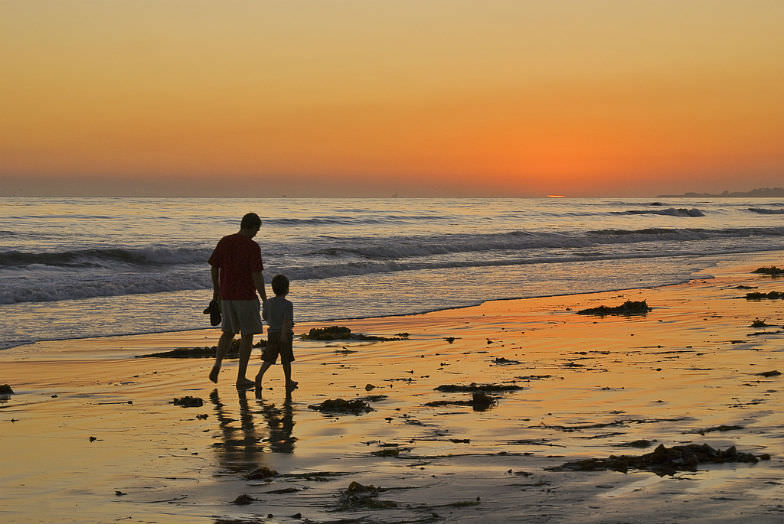The 2014 Isla Vista shootings, also known as the UCSB shooting, was a tragic event that shook the community of Isla Vista, California, and the University of California, Santa Barbara (UCSB). On May 23, 2014, a devastating attack occurred, resulting in the loss of six innocent lives and injuring 14 others. Here are 10 key facts about the UCSB shooting that provide insight into this heartbreaking incident:
The Perpetrator: The shooter was identified as Elliot Rodger, a 22-year-old student at Santa Barbara City College. Rodger was born in London, England, and had been living in the United States since he was five years old. He was known to have a troubled past, with a history of mental health issues and a deep-seated resentment towards women.
Motivation: Rodger’s motivations for the attack were rooted in his feelings of rejection and anger towards women, whom he felt had wronged him. He was particularly upset about being a virgin at the age of 22 and believed that women were to blame for his inability to form meaningful relationships. He expressed these sentiments in a 141-page manifesto that he uploaded to the internet before the attack.
Sequence of Events: The shooting began around 9:27 PM, when Rodger killed three men at his apartment in Isla Vista. He then drove to the Alpha Phi sorority house, where he shot three women, killing two of them. Rodger continued his rampage, shooting and injuring people at various locations, before ultimately taking his own life.
Casualties: A total of six people lost their lives in the attack: Cheng Yuan Hong, George Chen, and Weihan Wang, who were stabbed at Rodger’s apartment; Katherine Cooper and Veronika Weiss, who were shot outside the Alpha Phi sorority house; and Christopher Michaels-Martinez, who was shot at a nearby deli. In addition to the six fatalities, 14 people were injured, including seven who were shot.
Warning Signs: In the months leading up to the attack, Rodger’s parents had grown concerned about his behavior and had sought help from mental health professionals. They had also alerted the police, who had visited Rodger in April 2014, but he had been able to convince them that he was not a threat to himself or others.
Social Media Manifesto: Rodger uploaded a video to YouTube, titled “Elliot Rodger’s Retribution,” in which he outlined his plans for the attack and explained his motivations. He also uploaded his 141-page manifesto, which provided a detailed account of his thoughts, feelings, and actions leading up to the attack.
Police Response: The Santa Barbara County Sheriff’s Office responded quickly to the attack, with the first officers arriving on the scene within minutes of the initial 911 call. However, the police were initially unaware of the full extent of the attack and had to piece together the events of the evening as they responded to multiple crime scenes.
Aftermath: The UCSB shooting led to a renewed national debate about gun control, mental health, and misogyny. The attack also sparked a movement, with the hashtag #YesAllWomen trending on social media as people shared their own experiences of misogyny and sexism.
Memorials and Tributes: In the days and weeks following the attack, the UCSB community came together to mourn the loss of the six victims. A memorial service was held on the UCSB campus, and a fund was established to support the families of the victims. The university also established a number of programs and initiatives to support students who had been affected by the attack.
Legacy: The UCSB shooting led to significant changes in the way that universities and colleges approach mental health and campus safety. It also highlighted the need for greater awareness and understanding of the warning signs of violent behavior, as well as the importance of addressing the root causes of misogyny and sexism in our society. Today, the UCSB shooting is remembered as a tragic reminder of the importance of prioritizing the safety and well-being of all members of our communities.
What motivated Elliot Rodger to carry out the UCSB shooting?
+Rodger's motivations for the attack were rooted in his feelings of rejection and anger towards women, whom he felt had wronged him. He was particularly upset about being a virgin at the age of 22 and believed that women were to blame for his inability to form meaningful relationships.
How did the police respond to the attack?
+The Santa Barbara County Sheriff's Office responded quickly to the attack, with the first officers arriving on the scene within minutes of the initial 911 call. However, the police were initially unaware of the full extent of the attack and had to piece together the events of the evening as they responded to multiple crime scenes.
What was the impact of the UCSB shooting on the national debate about gun control and mental health?
+The UCSB shooting led to a renewed national debate about gun control, mental health, and misogyny. The attack sparked calls for greater awareness and understanding of the warning signs of violent behavior, as well as the importance of addressing the root causes of misogyny and sexism in our society.
In conclusion, the UCSB shooting was a tragic event that had a profound impact on the community of Isla Vista and the University of California, Santa Barbara. The attack highlighted the need for greater awareness and understanding of the warning signs of violent behavior, as well as the importance of addressing the root causes of misogyny and sexism in our society. Today, the UCSB shooting is remembered as a reminder of the importance of prioritizing the safety and well-being of all members of our communities.



